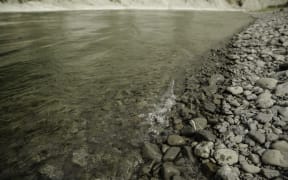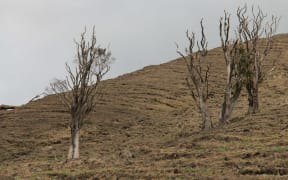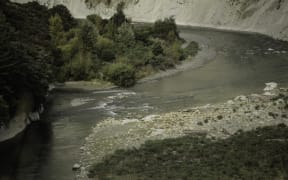The controversial 'spray and pray' farming method, being blamed for contaminating waterways in Rangitikei, is being used in Southland.
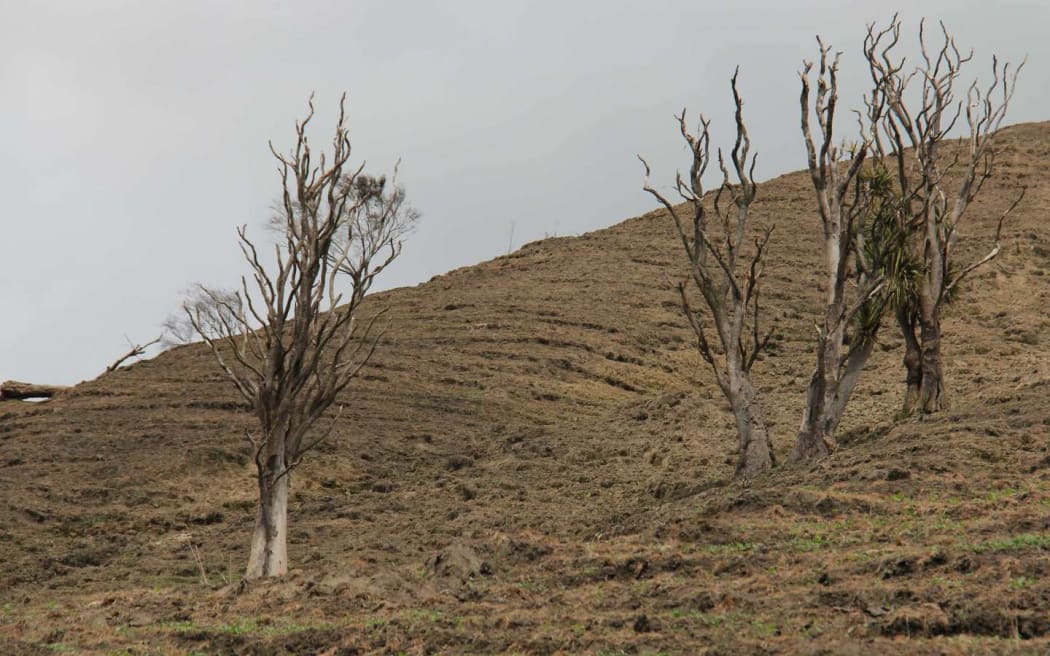
Spray and Pray Photo: RNZ / Kate Gudsell
The method uses weed killer to strip hillsides of vegetation before winter feed crops are sown and aerially sprayed with fertiliser. Farmers then pray for rain to create rich crops.
Grant Weller, a winner of the Environmental Farmer of the Year Award, farms sheep and beef in Southland's Hokonui Hills and said many neighbouring farms were using spray and pray and in some areas it was an "absolute disaster".
"It's coming from a new generation of farmers straight out of the universities and driving for greater profits and production coming out of the farms," he said.
The method is being used in Rangitikei and leaving land stripped back to the soil, with locals saying the soil and sprays were being washed into waterways beneath the farms, RNZ revealed last week.
Mr Weller said he was upset spray and pray was being used in Southland too.
"Some areas it's been an absolute disaster because of he dry summers we're getting here and we've had poor strikes, it's opened the ground up, there's been a lot of weed come back through so then they have to go back out again and respray and spray all of the weeds.
He said it was a short-term approach that put productivity above sustainability.
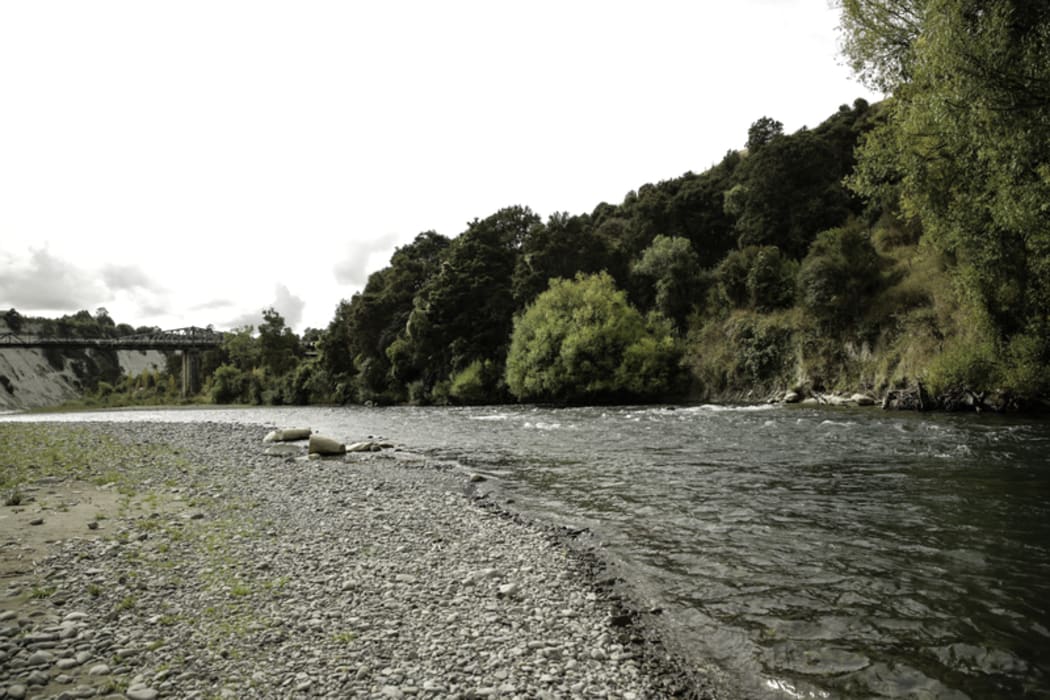
The Rangitikei River. Photo: RNZ / Hans Weston
Canterbury University water and soil chemist Clint Rissmann said intensively grazing stock in hill country areas put more contaminants into rivers at their source.
"People don't often realise this but sediment isn't just a single particle of silt or clay, it's actually quite a mixture of things. It could be some effluent, there can be some organic matter, there can be bacteria and viruses and obviously nutrients which is then transported to waterways."
The impact was not obvious until further downstream, he said.
"Pristine water from hill country plays a very important role in flushing contaminants out of systems. And if you end up intensifying hill country then that ecosystem service is basically eroded."
Southland Regional Council said it was aware of the issue and had proposed planning changes to require stock to be kept up to 20m from waterways in the steepest and most vulnerable parts of the high country.
The council has put Gary Morgan in charge of working with farmers to improve farming practice and he said the new rules would reflect the new reality in Southland.
"It's no secret that Southland has undergone big dairy cow number expansion and dairy cows needs to be fed over winter and so winter feed crops need to be grown to meet that demand and so land that once wasn't winter grazed is now being winter grazed."
However Fish and Game's Southland spokesperson, Jacob Smyth, said the new rules would not address the loss of native biodiversity that came with spray and pray's use of weed killer.
The killing off of tussock in high country areas in order to sow winter feed crops made no sense from a farming or environmental point of view, he said.
"Essentially what tussocks do is they can basically take up water in the form of fog or mist and that can be released during low flow periods, typically in late summer. And essentially the more water we have the better assimilation we have in terms of reducing concentrations of nutrients and also of sediments."
Consultation on Southland's proposed planning rules requiring the use of buffers in hilly areas being used to graze stock continues this year with verbal submissions being heard from May.

